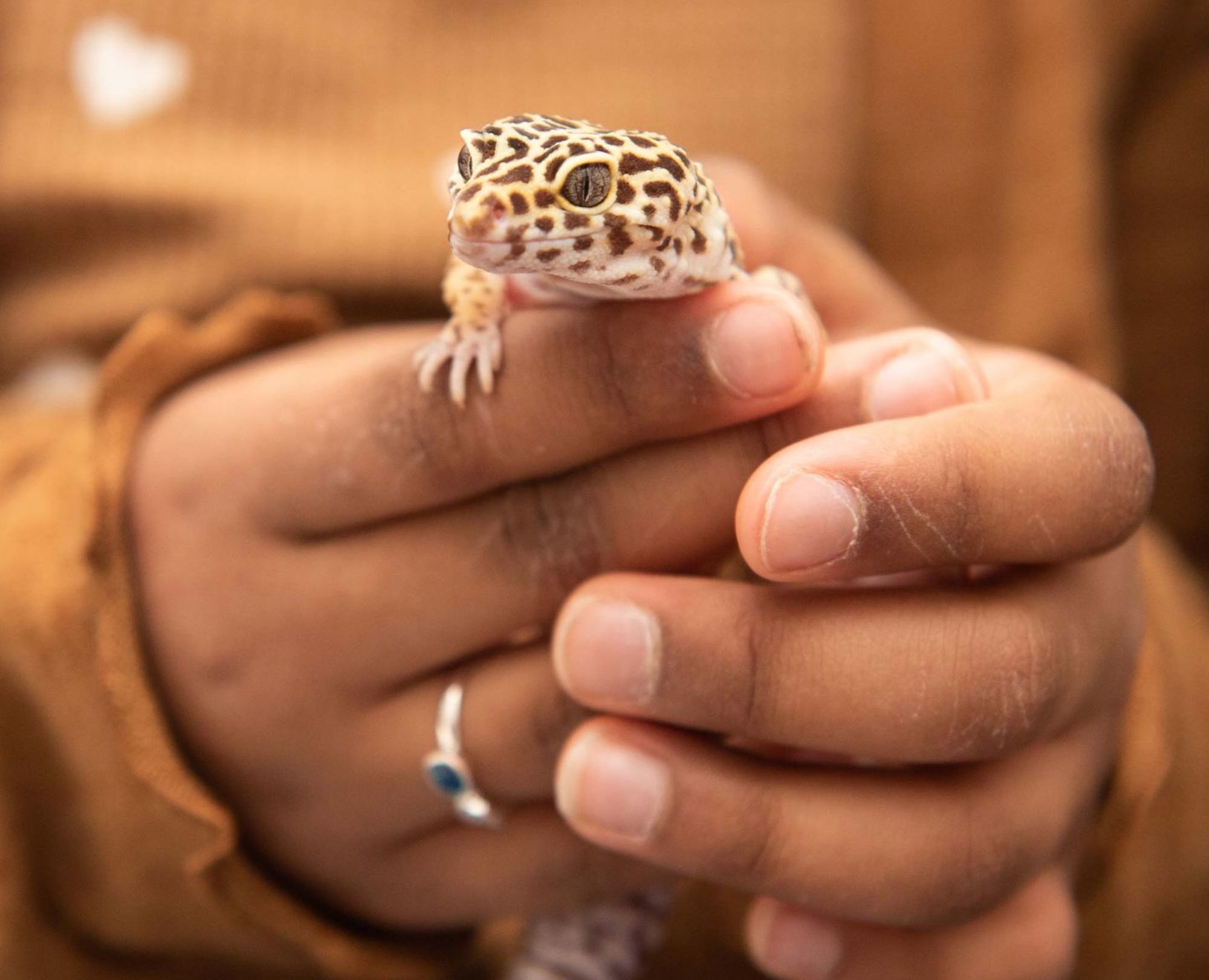
How Urban Wildlife Survive Winter
As many of us bring our cozy sweaters out from the closet and put away the patio furniture, the wildlife in our community are preparing for the cold winter months as well. The coldest months of the year require a lot of planning for many different species and each one has their own habits that help them survive winter. By learning more about local wildlife, we can coexist peacefully through the frigid winter weather.
Raccoons
If you’ve seen a raccoon in the winter, then you know these furry neighborhood bandits can grow quite large. As the fall turns to winter, raccoons prepare by building their fat stores, adding an extra layer of insulation to their bodies. As much as half their body weight could be fat. These large fat stores allow raccoons to go into long periods of rest, where they can sleep until the warm weather returns.
Finding the perfect home for winter is a very important step in a raccoon's winter planning process. You can find a raccoon den site in a tree cavity in Victoria Park or in a cozy underground burrow. The ideal den site for raccoons, however, is a warm attic space inside a home. Secluded, warm dens allow raccoons to hide from predators and begin the process of having their babies before winter has melted to spring in the new year.
Bats
Although the two species look very different, both bats and raccoons have similar winter survival routines. Unlike raccoons, bats enter full hibernation in the winter months. The cold temperatures during this time eliminates many of their food sources, which is why bats must conserve their energy for spring and summer.
Bat nests are unique to any other urban species. Bat colonies can grow large, with as many as several hundred bats in a colony. This means that the colony must find a large, dark and secluded space that allows them to rest uninterrupted. Caves and rock crevices make great dens in the wild, however similar to raccoons, bat colonies love attics for their winter home. As bat populations decline and natural den sites are destroyed, it can be difficult for bats to find a natural place to call home. Placing a bat box on the far end of your property is a great way to help a colony thrive.
Squirrels
When you think of squirrels you probably picture them with an acorn in their paws as they scurry up a tree. Tree nuts are key to squirrels' winter survival. Squirrels will have as many as ten alternate den sites in their community, storing additional food throughout the year. Whenever they need food, squirrels go to one of their hiding spots to feast.
Unlike raccoons and bats, squirrels' winter storage of food means they can remain active all season long. During particularly cold stretches, squirrels go into deep sleep states called torpor. On warmer winter days you will see squirrels out and about as they journey to their winter food stores. Tree cavities, burrows and inside homes in attic spaces and wall cavities all provide excellent shelter for squirrels during cold, snowy weather.
Rabbits
The fluffy fur on rabbits is more than just a thin layer. During the fall, rabbits shed their summer coat in order to grow a thicker coat for the cold winter months ahead. Their bodies have adapted to cold environments and their thick coat allows them to stay active all winter long. With little food sources available, this means that rabbits are constantly searching for sustenance. Tree bark, twigs, pine needles are all reliable winter food sources that rabbits love.
Although their bodies are designed to withstand cold temperatures, rabbits still need a warm winter den site for those particularly cold stretches of inclement weather. Burrows, thick bushes, tree trunks and underneath structures are ideal locations for deep rabbits hidden from predators. Places like Lakeside Park provide rabbits the perfect environment with an abundance of food, shelter and distance from predators. However, you will likely spot their small tracks left in the snow in your backyard this holiday season.
Although local wildlife are unique in their appearance and their behaviours, many of their winter routines are the same. While it is important to maintain a distance between wildlife, there are ways you can help them thrive this winter. Winter bird feeders at the far ends of your property provide a food source for birds, rabbits and squirrels. When wildlife makes a home on your property, calling professionals to remove them is the best way to keep the animals safe and sound. The technicians at Skedaddle Humane Wildlife Control are prepared and here to help create a humane solution to any wildlife conflict this winter season.
Skedaddle Humane Wildlife Control is the industry leader in humane wildlife removal, and has been working to protect urban wildlife in Kitchener for over three decades, providing the safest options for wildlife, and the most effective options for homeowners.

Back to All Blog Posts
Explore more blog posts about animal care, pet safety, and animals within our community.


